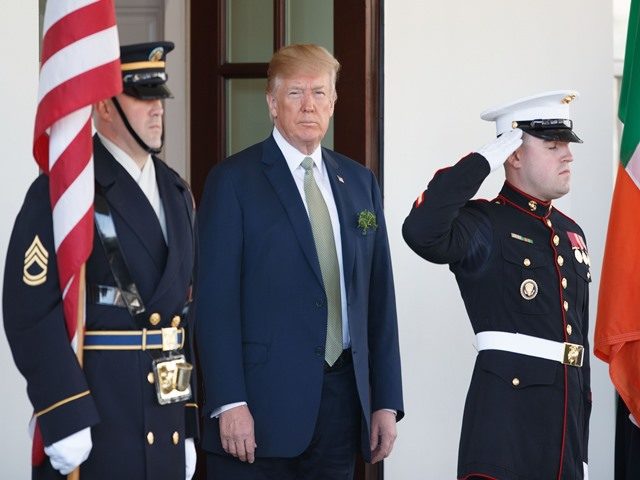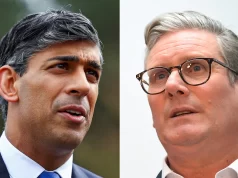The lawsuit comes amid a larger struggle over climate policy regarding US cars and light trucks. The Trump administration has drafted a proposal that would freeze the federal standards at 2021 levels, leaving them well below levels targeted under Obama.
The Trump administration plan, which is not final, would also challenge California’s ability to set its own fuel-efficiency rules. California has a separate set of standards that, because of the state’s huge car market, have pushed automakers to produce more fuel-efficient vehicles.
According to figures from the California New Car Dealers Association, California’s 2,048,000 new car sales in 2017 represented about 12 percent of the 17 million-plus cars sold in the United States last year.
Twelve other states participating in the lawsuit – including New York – have followed California in setting more stringent emission standards. The total market involved is 36 percent of sales in the United States, according to Margo Oge, a former EPA official who helped the agency set auto regulations during the Obama years.
“If you are a car company, that is a pretty big deal. You have uncertainty how this thing is going to work out, and today you have to be investing in cars you’re going to build five years from now,” she said.
The current standards were created under a 2011 agreement reached among the Obama administration, California officials and automakers. If enacted, they would avert 6 billion tons of carbon dioxide emissions from vehicles sold between 2012 and 2025, according to the EPA.








